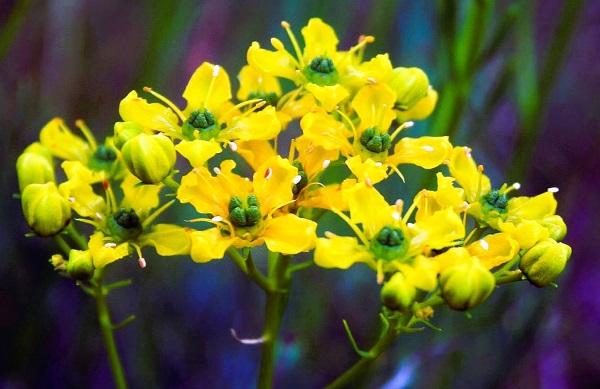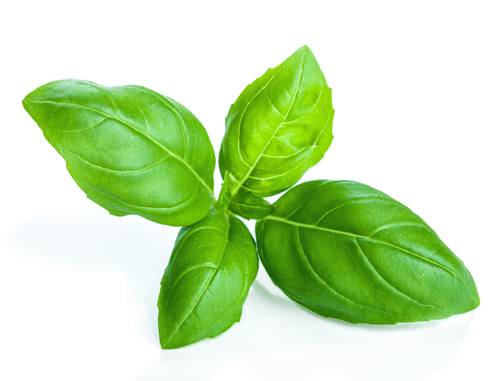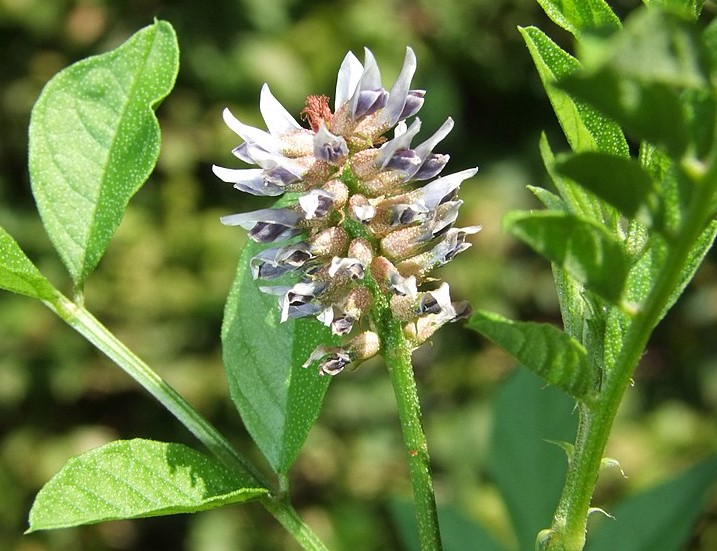Ruta graveolens, commonly known as Rue, sometimes called herb-of-grace, or common rue, is grown in gardens for its flavoring and medicinal properties. The precise epithet graveolens refers to the strong-smelling leaves. Ruta graveolens is normally safe if consumed in small amounts as an herb to flavor food. Moreover, it is highly recommended not to consume it excessively.
It should be sternly avoided by expectant women, as it can be an abortifacient and teratogen. The leaves have also been used for salads and pickles. The plants produce a rosette of leaves in the first year, at which time they are most useful. The flower stalk is much-branched and quite woody at the base, with pinnately divided compound leaves, while the flowers are produced in terminal corymbs or panicles and are yellowish or greenish in color. It is a native of the Mediterranean countries.
Soil and Climatic. Rue is a woody perennial shrub. It does best on a gravelly type of soil that is well-drained and aerated. It should be well supplied with organic matter and an appreciable amount of lime. In the southern states, it is always hardy, while in the northern states, it is half-hardy.
Cultural Directions: The seed should be planted in rows in the spring as soon as the ground can be worked. When the seedlings are well developed, they should be thinned to stand 8 to 10 inches apart. They require a clean culture, and the leaves may be used at any time that they are large enough to make it worthwhile. There are no serious pets. Although not as popular as formerly, except for some of the recent European immigrants, rue should be included in the herb garden. Ruta graveolens is well known for its symbolic meaning of regret, and it has occasionally been called “herb-of-grace” in literary works.







